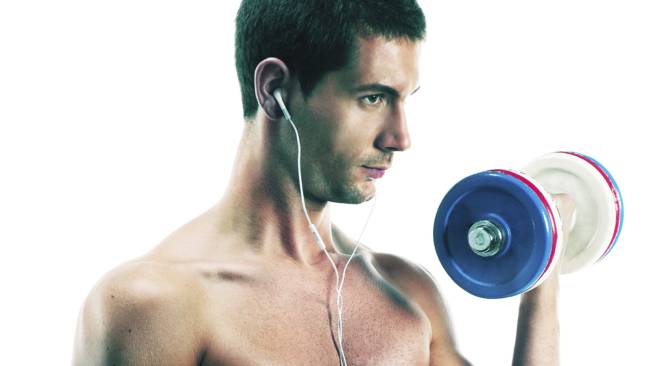PART ONE
Following the instructions and
applying the given formula (GETD = TMB
(+ ETA) + EAF), the calories that I would personally need taking into
account my physical characteristics would be a total of 1,540.64.
PART TWO
To do the second part of the
exercise, I take note of what I have consumed during a normal Saturday, and
consulting the table of calories and macronutrients, I can know how many I do
consume.
Breakfast:
- A glass of coffee with milk of
approx. 200 ml - 90 cal, 18.6g of macronutrients.
Lunch:
- One plate of rice (50 g raw) - 171 cal, 42.4 g of macronutrients - with chicken - 52 cal, 10.4 g of macronutrients - and vegetables: eggplant - 25 cal, 7 g of macronutrients - and onion - 19 cal, 5 g of macronutrients -.
- Approximately half tomato (100g) - 22 cal, 6.9 g of macronutrients.
- A yogurt of 125g. - 54 cal, 10.89 g of macronutrients.
Dinner:
- One serving of omelette with 4 eggs and 2 potatoes, which is about 144 cal and 19.3 g of macronutrients from the potato and 482 cal and 51.4 g of macronutrients from the egg.
- Grapes (100g) - 68 cal and 18g of macronutrients.
- A glass of chocolate milk of approx. 200ml - 124 cal and 48g of macronutrients.
At the end of the day, I consumed
a total of 1251 calories and 195.49 grams of macronutrients.
PART THREE
- The number of calories consumed during the day turns out to be insufficient compared to what was previously established by the calculation of the GETD.
1540
– 1251 = 289.
- Almost 300 calories are still needed, and although these could be contributed by a bit of bread with lunch and dinner and a piece of fruit at mid-morning or mid-afternoon, I will try to adjust my diet by changing some foods so that these are healthier, reaching five meals a day and also making sure to consume 5 pieces of fruit.
Breakfast:
- We keep the coffee with milk (90 cal) but we also add a juice of two oranges (84 cal) and half a banana (42 cal).
Mid-morning snack:
- One apple (58 cal).
Lunch:
- We keep the rice with chicken, eggplant and onion (259 cal), but to this we also add 50g of carrot (21 cal).
- Half tomato (22 cal).
- We keep the yogurt, but we change it for one of fibers and fruits (80 cal).
Snack:
- One pear (56 cal).
- 50g of mortadella (154g).
Dinner:
- We keep the potato omelette (526 cal) and the grapes (68 cal).
- We changed the 200 ml of chocolate milk for the same amount, but of skimmed milk (80 cal).
So then we would have the 1540 calories that I need, even though such a strict diet is
not necessary at all.
To finish my project, I will try to
make another diet that follows the last instructions: having 50% of carbohydrates, 30% of proteins, and
20% of fats.
-
I do need 1540 calories, which means I need 770 calories from carbohydrates = 192.5 grames, 462 calories from proteins = 115.5
grames and 308 calories from
fats = 34.2 grames.
-
In the new diet
that I’ve planned, I have a total amount of 132,95 grames of carbohydrates, 45.45 grames of proteins and 32.95
grames of fats.
The amount of fats and carbohydrates
is more or less correct, but the problem here is the amount of proteins: it is
not enough.
To be able to have thhe amount that I
need, I’ve shearch for an aliment that has the rest of the proteins that I need
without changing my levels of carbohydrates and my levels of fats (more that it’s
necessary). A beef leg fillet will be what I need.
This has 81.4 grames of proteins
and 8.2
grames of fats, but it does not have any carbohydrates. Adding this to
my meal, (and eating the yogurt on the mid-morning snack so I dont eat that
much at lunch) I will have 126. 82 grames of proteins and 41.10 grames
of fats in my ideal diet.
But also, I will introduce two pears
of aprox. 250 grames, witch will help me fixing my carbohydrates levels. I will
eat them at the mid morning snack and in the luch as part of my dessert.



